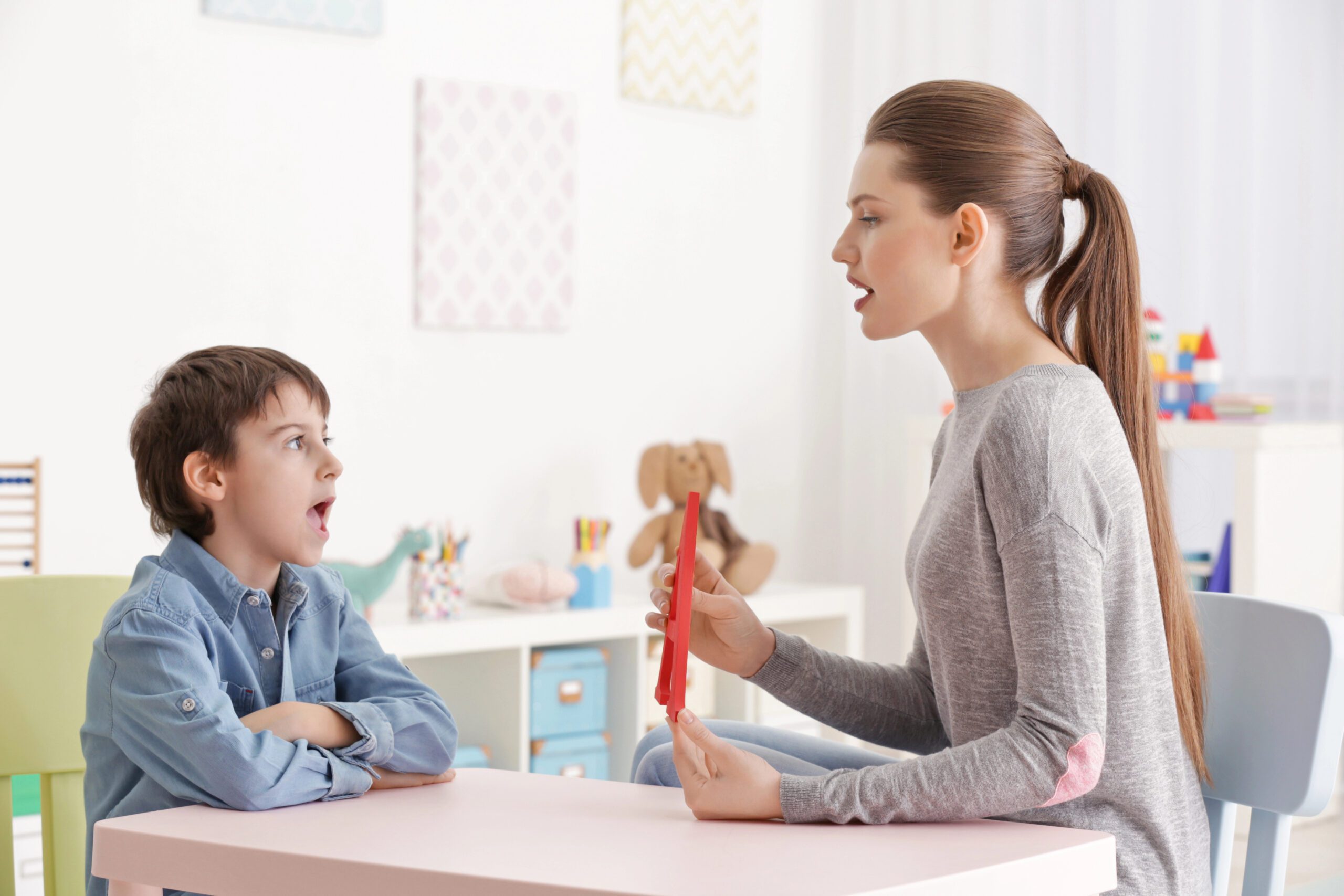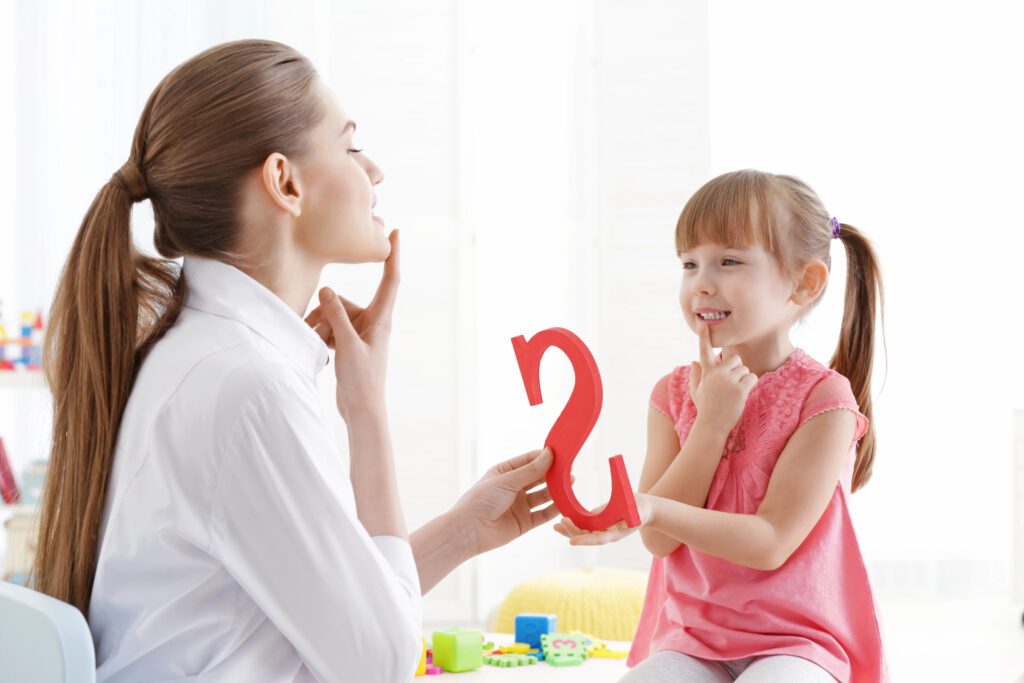
Why Combining Speech Therapy and ABA Therapy is a Game-Changer for Autism in Flower Mound
For parents of children with autism in Flower Mound, finding the right therapeutic support can be overwhelming. Autism Spectrum Disorder (ASD) affects how children communicate, interact socially, and behave in different environments. Many children with autism struggle with verbal and non-verbal communication, making it difficult to express their needs, engage in conversations, or understand social cues.
Two widely recognized therapies that support communication development in children with autism are Speech Therapy and Applied Behavior Analysis (ABA) Therapy. While each therapy plays a vital role independently, their combined approach creates a more effective strategy for building communication skills, reducing frustration-related behaviors, and improving overall social interactions.
This blog will explore the powerful benefits of combining Speech Therapy and ABA Therapy for children with autism in Flower Mound. By understanding how these therapies complement each other, families can make more informed decisions about their child’s developmental journey.
Understanding Speech Therapy and ABA Therapy
Speech Therapy for Autism

Speech Therapy has various benefits. focuses on improving a child’s ability to communicate, whether through verbal speech, sign language, picture-based communication, or alternative communication devices. Many children with autism experience difficulties with articulation, language comprehension, and social communication. A
Speech-Language Pathologist (SLP) works with children to enhance these abilities through evidence-based techniques.
Common Speech and Language Challenges Faced by Children with Autism
- Delayed Speech Development – Some children with autism may take longer to develop verbal communication or may remain non-verbal.
- Echolalia – Repeating words or phrases without understanding their meaning.
- Difficulty with Social Communication – Struggles with taking turns in conversation, making eye contact, or understanding tone and gestures.
- Language Comprehension Issues – Difficulty following instructions or understanding abstract concepts.
- Frustration Due to Communication Barriers – When children cannot express their needs, they may resort to meltdowns or behavioral outbursts.
Speech Therapy Techniques Used for Autism
Speech therapists use various techniques to enhance communication skills, including:
- Picture Exchange Communication System (PECS) – Using visual symbols to help children communicate their needs.
- Sign Language – Teaching non-verbal children an alternative way to express themselves.
- Augmentative and Alternative Communication (AAC) Devices – Tools like tablets and speech-generating devices that assist with communication.
- Modeling and Repetition – Encouraging children to imitate correct speech patterns.
- Play-Based Learning – Engaging children through games and activities to encourage natural communication.
With consistent Speech Therapy, children in Flower Mound with autism can make significant strides in their ability to communicate effectively.
What is ABA Therapy and How Does It Help?
ABA Therapy is a structured, research-backed approach that focuses on reinforcing positive behaviors and reducing challenging ones. It is one of the most widely recognized treatments for autism, backed by decades of clinical studies. ABA therapy is highly individualized, meaning the strategies used are tailored to each child’s specific needs.
1. Key Areas ABA Therapy Addresses
- Behavior Management – Reducing meltdowns, tantrums, and aggressive behaviors.
- Daily Living Skills – Encouraging independence in dressing, eating, and hygiene.
- Social Skills – Teaching appropriate ways to interact with peers, family, and teachers.
- Cognitive Development – Enhancing problem-solving and decision-making skills.
- Functional Communication – Helping children learn how to express their needs appropriately.
2. Common ABA Techniques
- Positive Reinforcement – Rewarding desired behaviors to encourage repetition.
- Discrete Trial Training (DTT) – Breaking skills into small, manageable steps.
- Natural Environment Teaching (NET) – Applying learned skills in real-world settings to improve generalization.
ABA Therapy is not just about modifying behavior—it’s about empowering children to learn, grow, and navigate their world more effectively.
The Synergy of Combining Speech Therapy and ABA Therapy
Enhanced Communication Skills
When integrated, Speech Therapy and ABA Therapy reinforce each other’s goals. While Speech Therapy focuses on developing language and communication skills, ABA Therapy provides the structured reinforcement necessary to practice and apply these skills in everyday life.
For example:
- A speech therapist may teach a child how to request a toy using words.
- An ABA therapist can then reinforce this skill through positive reinforcement, ensuring the child consistently uses verbal communication to request items in different settings.
By combining these approaches, children develop more effective communication skills at a faster rate and with greater consistency.
Behavioral Improvements
Many behavioral challenges in autism stem from difficulty expressing needs and emotions. A child who struggles to communicate might resort to tantrums or aggression out of frustration.
- Speech Therapy provides the tools to improve communication.
- ABA Therapy reinforces these tools through behavioral strategies that encourage appropriate communication.
For example, if a child is taught to say “help” instead of crying when they need assistance, an ABA therapist can reinforce and reward this behavior, reducing frustration and behavioral outbursts over time.
This integration of speech and behavioral strategies helps children regulate their emotions, reducing stress for both the child and their family.
Practical Applications of Integrated Therapy
-
Collaborative Goal Setting
For optimal results, Speech-Language Pathologists (SLPs) and ABA therapists must work together to create consistent therapy goals. This ensures:
✔ Alignment of strategies across sessions.
✔ Reinforcement of speech-related goals within ABA sessions.
✔ A more cohesive and personalized approach to therapy.
-
Consistent Reinforcement at Home
Caregivers play a crucial role in reinforcing learned skills outside of therapy sessions. Parents can:
✔ Use positive reinforcement when their child attempts communication.
✔ Incorporate visual supports like flashcards and communication boards.
✔ Engage in daily conversations to encourage language use.
✔ Participate in therapy sessions to understand and apply strategies effectively.
-
Case Study
Case: Alex, a 5-year-old with Autism in Flower Mound
- Challenge: Alex had difficulty expressing needs and would cry when he wanted a snack.
- Speech Therapy: Taught Alex to say “snack” or use a picture card.
- ABA Therapy: Reinforced this skill by rewarding Alex every time he requested a snack appropriately.
- Outcome: Within weeks, Alex stopped crying for snacks and instead used verbal or picture-based communication.
This case highlights how speech and ABA therapy together lead to meaningful progress.
Benefits for Families in Flower Mound
- Accessibility
Flower Mound offers high-quality integrated therapy services, making it easier for families to access both Speech Therapy and ABA Therapy in one location.
- Community Support
Parents in Flower Mound can find local support networks, parent groups, and autism resources, helping them navigate their child’s therapy journey with guidance and encouragement.
Take the Next Step with Achievement Balance

Combining Speech Therapy and ABA Therapy is a game-changer for children with autism in Flower Mound. This integrated approach enhances communication, reduces frustration, and helps children develop the skills they need to thrive in social and educational settings.
At Achievement Balance, we specialize in personalized therapy plans that bring together the best of Speech and ABA Therapy to create meaningful progress.
Ready to talk to us?
📞 Call Us: (972) 410 – 5297
📧 Email Us: info@achievement-balance.com
🌐 Visit: https://achievement-balance.com

